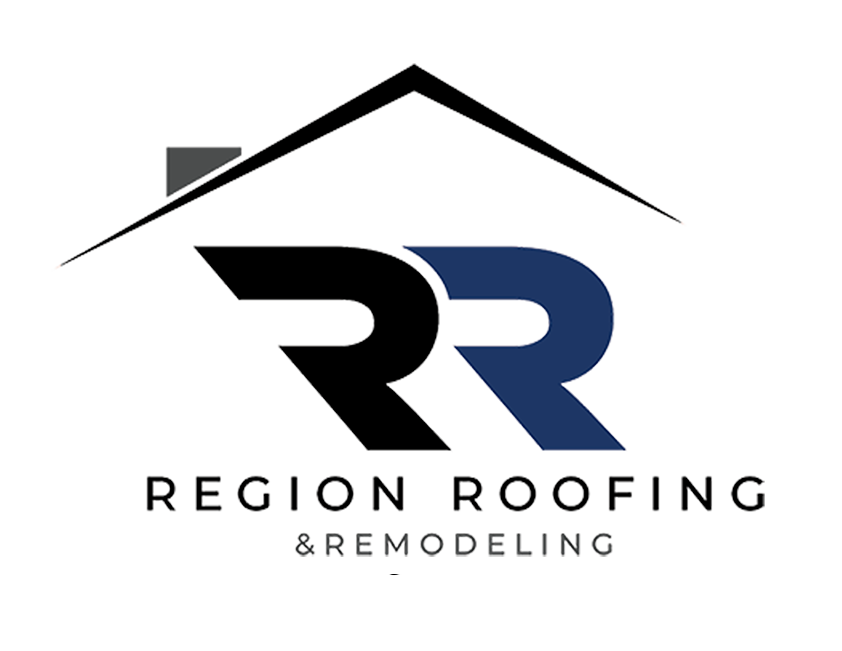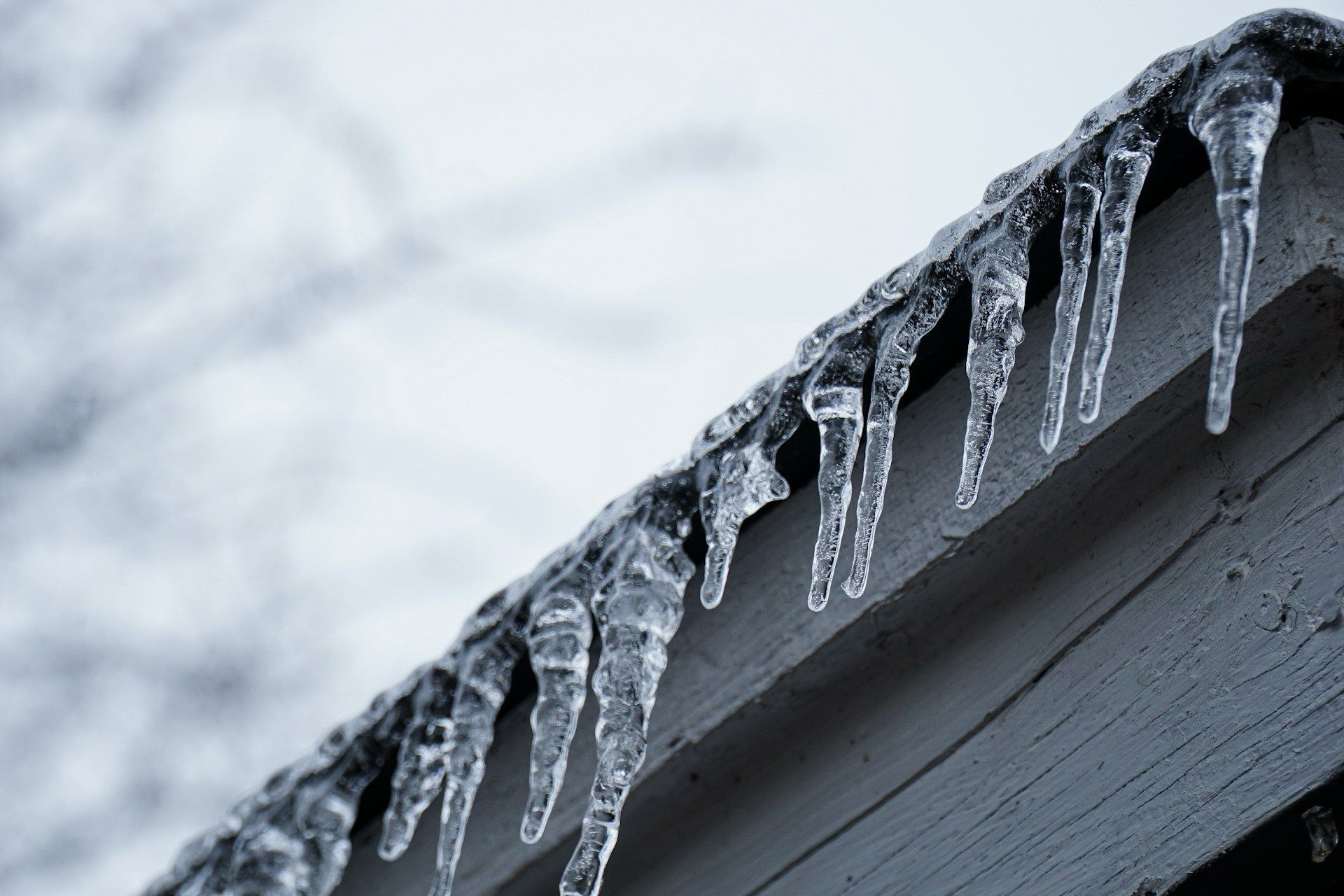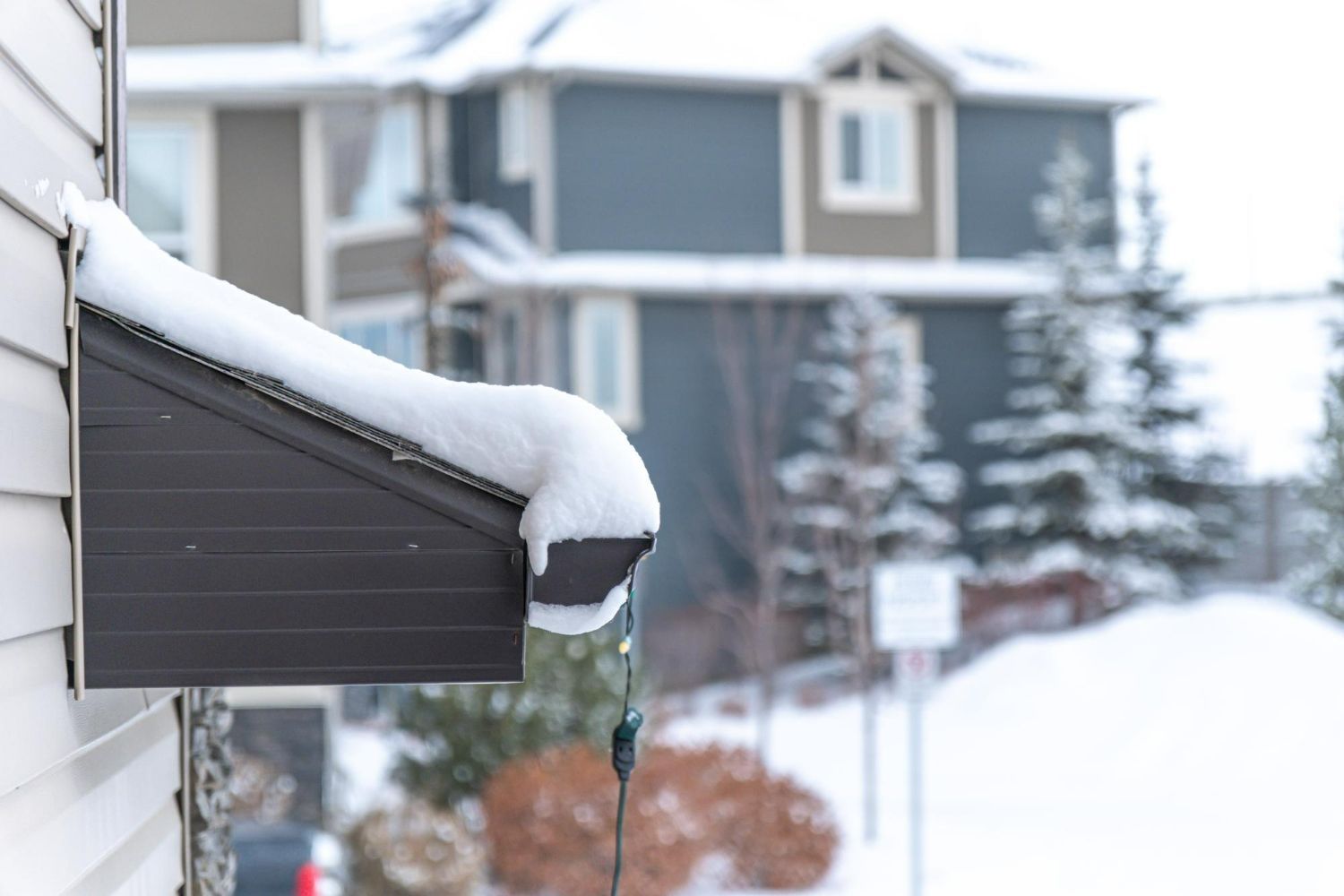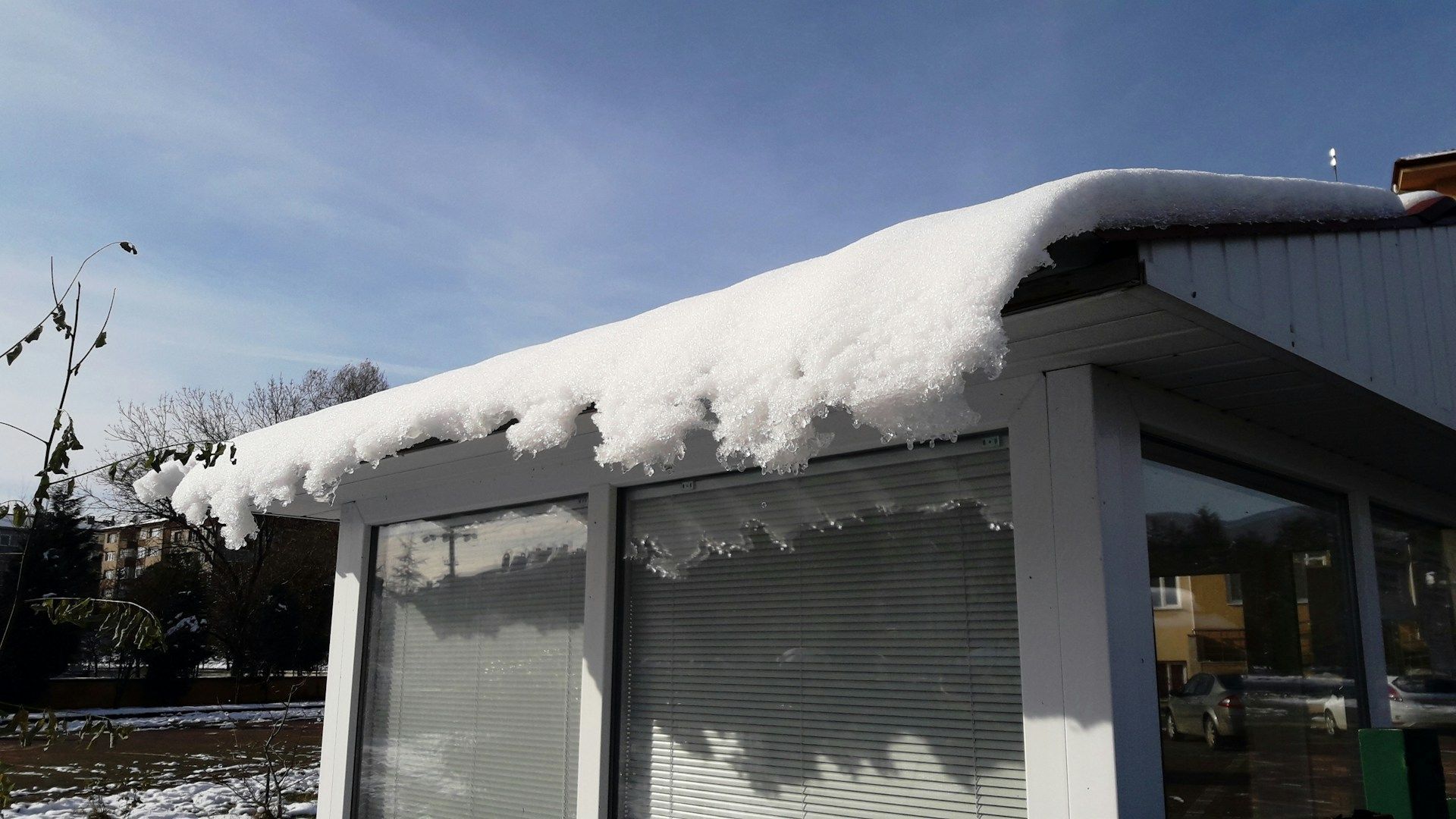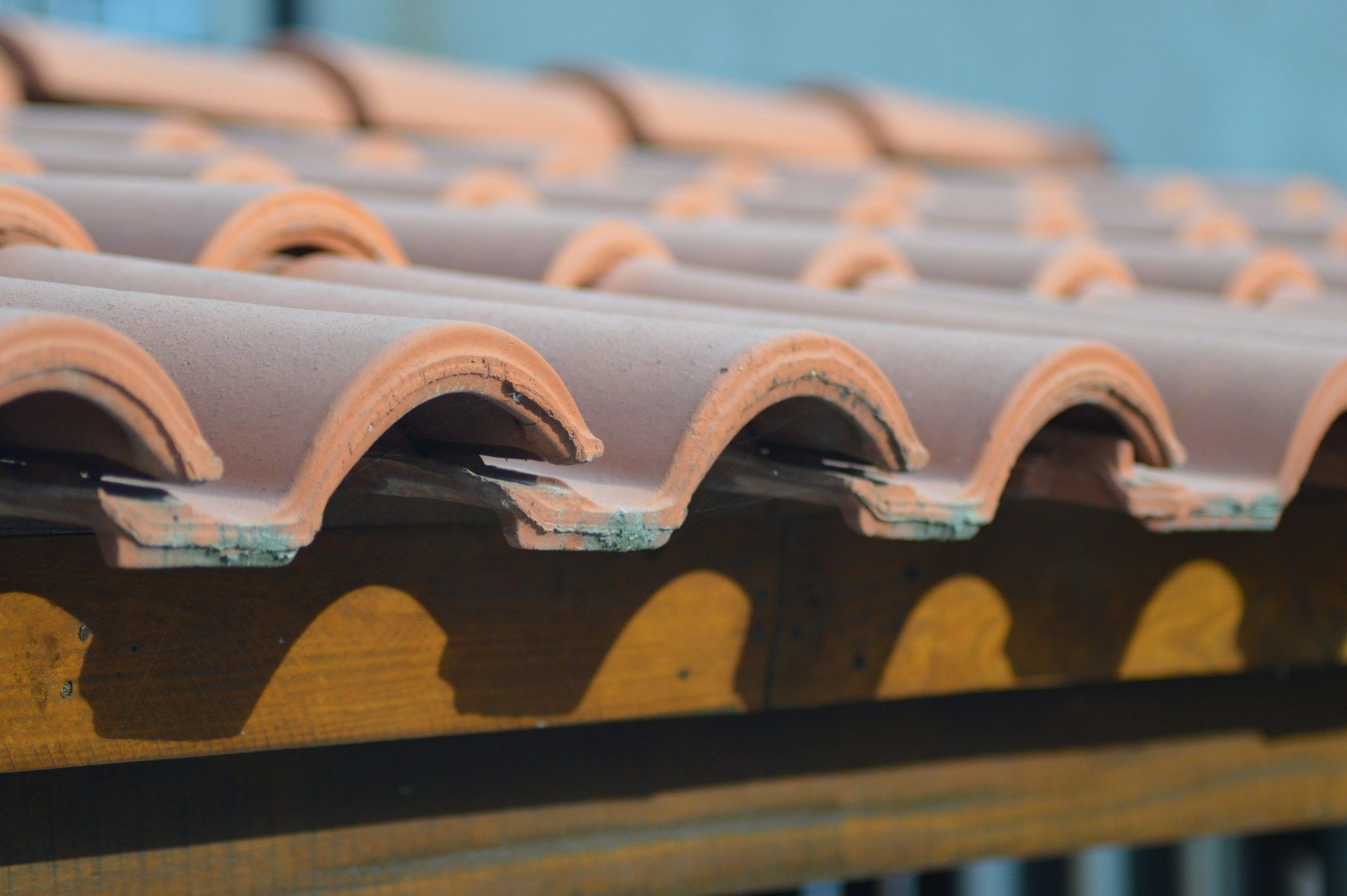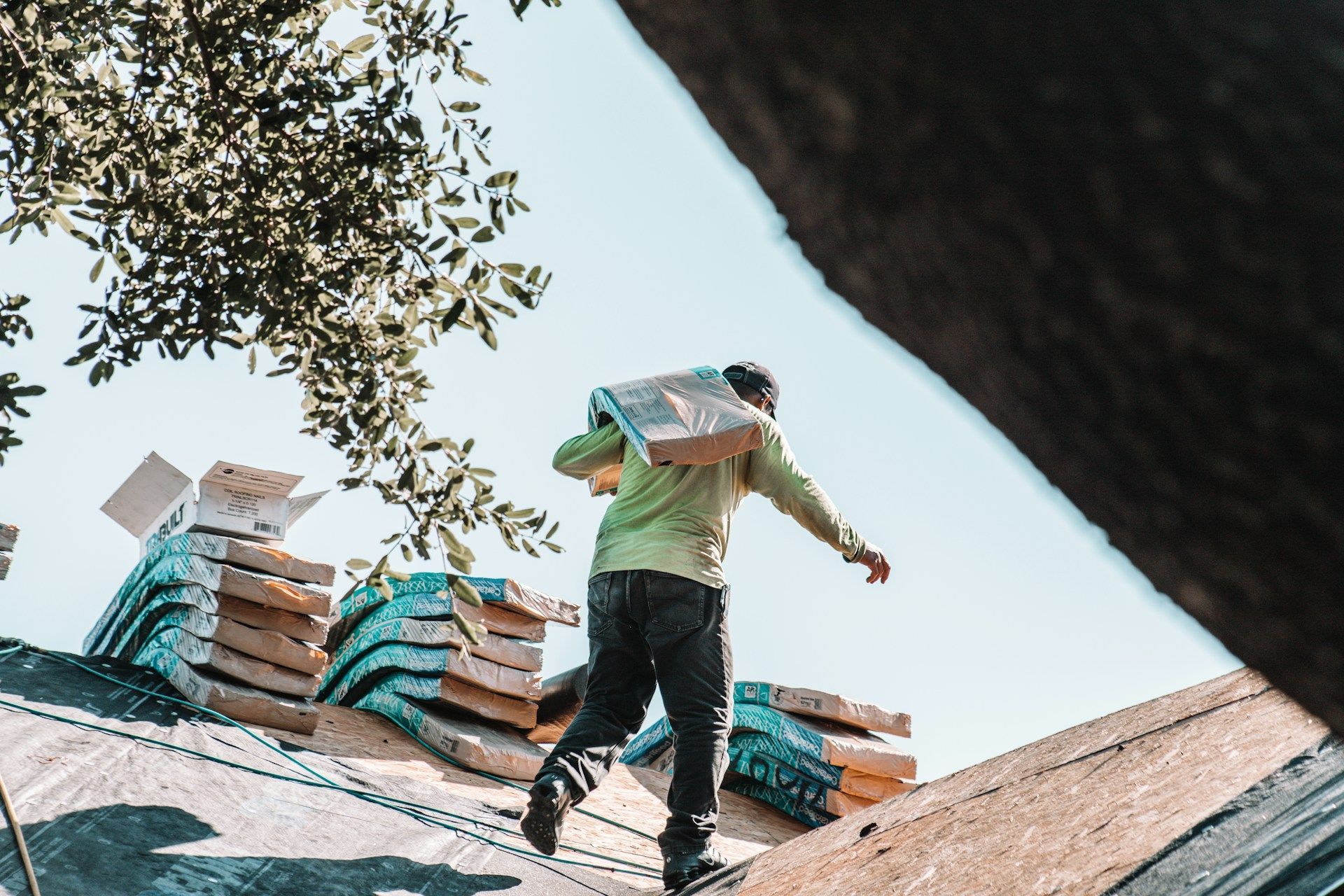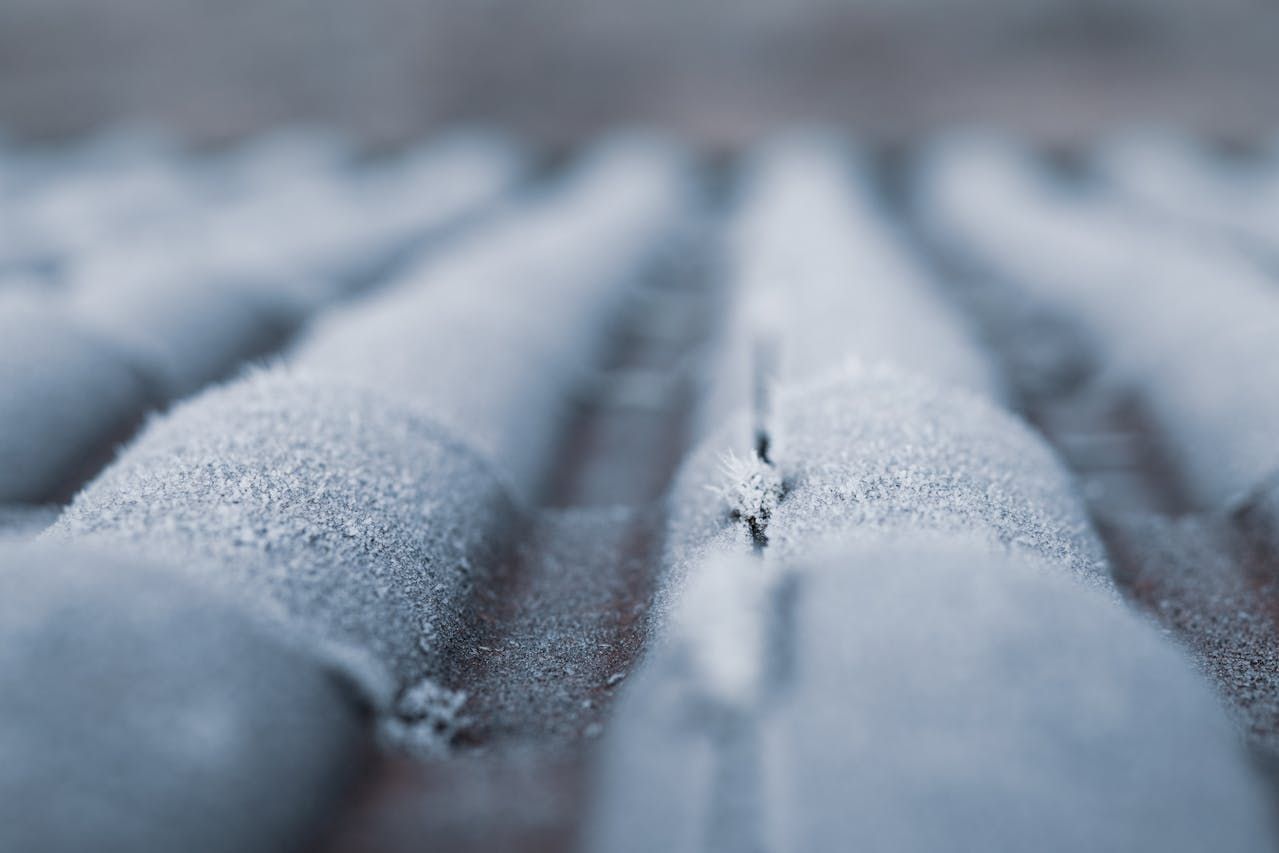Local Solutions for Commercial Roof Storm Damage
Summers in Chicago can bring powerful storms that sweep through fast and leave a mess behind. For commercial properties, this often means dealing with sudden roof damage that threatens day-to-day operations. Wind, rain, and hail can cause leaks, tear away materials, or weaken the roof’s integrity. These issues might seem small at first but can grow into bigger and costlier problems if ignored.
When a roof takes a hit, quick action makes a big difference. Delays in repair can result in water inside the building, damaged ceilings, spoiled equipment, or even business interruptions. That’s why it’s important to recognize the damage early and know what steps to take next. Working with someone local who understands the structures, building codes, and climate patterns in Chicago helps save time and money in the long run.
Common Types Of Storm Damage
Storms don’t always show up the same way. One day it’s high winds, and the next it’s a downpour or fast-moving hail. Each one affects a commercial roof differently, and knowing what to look for helps you get ahead of the damage before it spreads.
Here are a few types of storm-related problems that commercial roofs often face:
- Strong winds: High winds can curl up edges, lift membranes, or tear portions of the roof off completely. This kind of damage often happens near flashings or loose-fitting areas.
- Hail impact: Hailstones, especially when large or fast-moving, can dent or penetrate roofing materials. Flat roofs with single-ply systems are especially vulnerable.
- Heavy rain: When the volume of water exceeds what the gutters and drains can handle, it pools on the surface. Over time, that water causes stress to the roof structure and can lead to leaks.
- Debris damage: Falling branches, flying trash cans, or even rooftop units that shift during a storm can cause punctures or breaks in the roofing system.
While it might seem dramatic, even light storms can still wear the roof down slowly over time. Some signs are visible right away, like a piece of flashing hanging loose. Others are more subtle, like hairline punctures or early blisters that turn into leaks down the line. This is why regular inspections and quick follow-ups matter so much after storms pass through.
Immediate Steps To Take After A Storm
Once the storm has blown through and it’s safe to go outside, it’s time to act. Waiting too long or brushing off minor signs can leave your property open to more serious problems. Here’s a list of steps to follow after noticing possible damage:
1. Stay safe:
Don’t climb onto the roof right after a storm. There could be slippery surfaces, loose materials, or unseen hazards. Keep people away from areas that may have damage until it’s been checked.
2. Do a basic visual check from the ground:
Look for signs like fallen limbs, damaged gutters, or pieces of roofing on the ground. Inside the building, check ceilings and walls for stains or wet spots.
3. Document everything: Take photos or videos of any visible damage. These records help when you need to file an insurance claim or get professional help.
4. Make temporary quick fixes only if it's safe: If you can safely stop water from spreading (like putting buckets under leaks or moving valuables), go ahead. But don’t try large repairs yourself.
5. Contact professionals: The longer the roof stays exposed, the worse the damage can get. A local team that handles storm-related repairs will know exactly what to assess and how to fix things without delay.
Taking these steps right after a storm can help cut down on repair time and prevent more serious damage down the road.
Solutions For Repairing Storm-Damaged Roofs
Once the damage has been spotted and safety is no longer a concern, the repair process should start fast. Commercial roof systems in Chicago often have flat or low-slope designs, so they need specific types of repair techniques that match the existing materials and layout of the building. What works for one roof won’t always work for another, especially when dealing with different types of membranes or insulation layers underneath.
Minor damage might include resealing joints, reattaching flashing, or patching membrane tears. Bigger problems could require full sections of materials to be removed and replaced. Water intrusion might also affect areas that aren’t visible, like insulation, which can lead to mold growth or reduced thermal performance.
This is where having a trusted roofing crew makes a difference. Hiring general contractors who focus on commercial roof systems saves time and reduces costly errors. They’ll know how to spot underlying issues and bring the roof back to full function without cutting corners. Timing also matters. Quick, quality repair work can extend the life of the roof and prevent even costlier structural problems later.
Working with someone local also helps when navigating city codes or permits. It keeps everything above board and avoids delays that could impact your business operations. If you're stuck deciding where to start, consider how fast the team can respond, their experience with commercial roofing in your area, and how familiar they are with the type of storm-related issues your property is facing.
Preventive Measures For Future Storms
Storm damage can’t always be avoided, but you can give your roof a better chance to hold up the next time bad weather rolls through. A few simple habits and checks go a long way in avoiding repeat roof issues every summer.
Try these practical steps:
- Schedule at least two inspections per year:
One before storm season and another after it ends. Early signs of membrane wear, clogged drains, or ponding water can be caught and fixed quickly.
- Keep trees trimmed:
Overhanging branches are a hazard. Cut them back so they don’t fall or scrape across the surface when wind picks up.
- Check and clean drainage systems:
Gutters and scuppers clogged with leaves or debris stop water from flowing off as it should. If water pools, your roof is at risk.
- Secure rooftop equipment:
Units like HVAC systems or vents should be firmly fastened. Loose or unbalanced items can drag across the roof and cause tears or damage.
- Reinforce weak spots: If areas of the roof are prone to letting water in, add extra layers or coatings as protection. Speak with your roofing team about waterproofing options that fit the style of your system.
Taking small steps regularly gives you more control over what might happen during the next storm. Instead of reacting every time, commercial property owners can stay ahead with a solid plan.
Why Local Help Makes A Big Difference
There’s something to be said for working with a team that knows your area. Chicago's storms can be harsh, and not every property faces the same kind of risks. Wind wraps differently around tall buildings than it does on smaller standalones, and local roofing professionals see those details every day.
Familiarity with common material types used across Chicago makes inspections and repairs faster and more efficient. Whether your roof is EPDM, TPO, modified bitumen, or something else, a nearby commercial roofing contractor knows what warning signs to search for and how to apply the correct fix before it turns into a larger issue.
The summer months bring their own challenges, and storms tend to hit hard and fast. Having a plan and the right contacts in place means you’re ready whether it’s sealing up a sudden leak, preventing future problems, or just making your current roof last as long as it can. It takes partnership and preparation, not just patchwork, to keep a commercial roof in working shape.
For reliable solutions that tackle storm damage effectively, consider the expertise of Region Roofing & Remodeling. If you’re looking for experienced
commercial roofing contractors near me, explore our services to keep your business protected from unpredictable Chicago weather. Start planning your next project with a team that understands the unique demands of this area.
